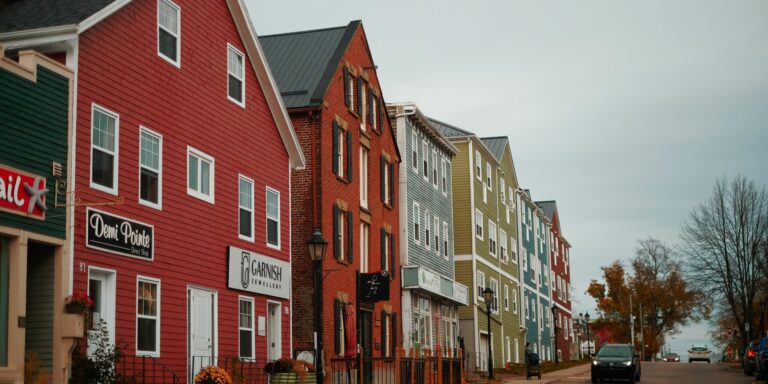The Hartford, Connecticut metropolitan area continues to grapple with a severe housing inventory shortage, with active listings down 77.7% compared to pre-pandemic levels in 2019. This marks the steepest decline among the 50 largest U.S. metro areas, according to a recent report by Realtor.com .
Despite a 15.5% increase in listings from May 2024 to May 2025, the uptick has been insufficient to alleviate the region’s escalating home prices. The limited supply has intensified competition among buyers, leading to one of the nation’s lowest percentages of home listings with reduced prices—under 7% in the Hartford area .
The scarcity is further compounded by sluggish new home construction. Hartford ranks among the lowest in the nation for new housing development, with just two new units built per 100 residents. This lack of new construction exacerbates the supply-demand imbalance, making it challenging for prospective buyers to find affordable options .
Inventory remains tight across the region. West Hartford averages a five-week supply of homes, Hartford nine weeks, and East Hartford six weeks. These figures are significantly below the six-month supply typically considered a balanced market, indicating a strong seller’s market and limited options for buyers .
In West Hartford, the high demand and limited supply have led to substantial price increases across various home sizes. From May 2024 to May 2025, one-bedroom homes saw a 15.5% price increase, two-bedroom homes rose by 9.8%, three-bedroom homes by 12.9%, and four-bedroom homes by 10.4% .
Efforts are underway to address the housing shortage. In West Hartford, several housing projects are in development, including the Camelot, a 100% affordable housing development offering 44 one- and two-bedroom apartments. The project, repurposing the former West Hartford Inn, is already 77% leased and aims to provide affordable options for residents .
Statewide, Governor Ned Lamont has challenged Connecticut’s cities to grow their populations by 50%, emphasizing the need for increased housing development to accommodate growth. However, bureaucratic delays and resistance to denser housing reforms have slowed progress, particularly in urban centers like Hartford .
The persistent housing shortage in Hartford underscores the need for comprehensive strategies to increase inventory. Without significant investment in new construction and policy reforms to encourage development, affordability and accessibility will remain pressing issues for the region’s housing market.
